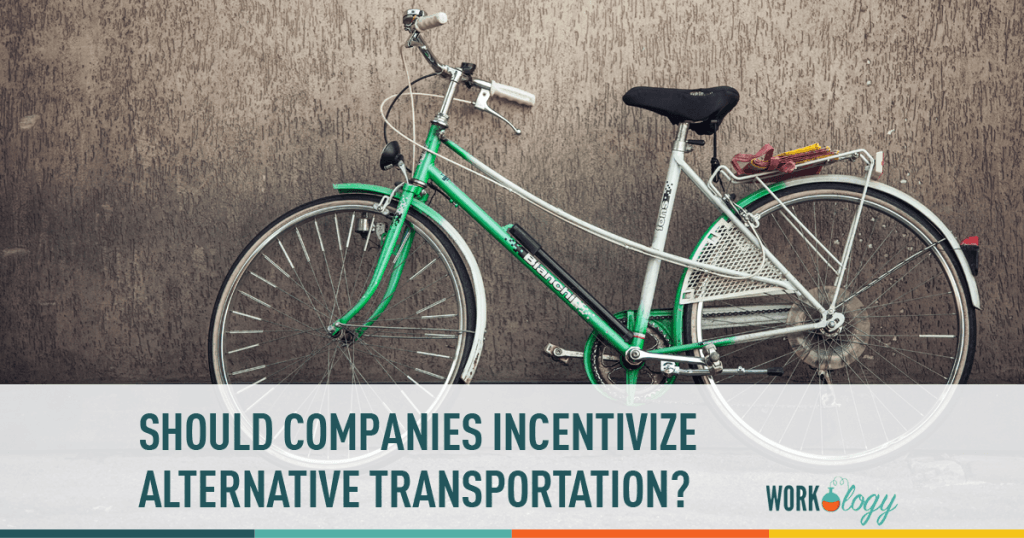Issues concerning the mental and physical health of employees are constantly on the minds of human resource professionals. They are frequently working on ways to improve these things within the office as a means of building a healthy community and reducing the number of sick days, which helps both employees and the business.
Among the list of potential health motivators is offering some sort of incentive for employees that get to work through active transportation.
What is Active Transportation?
Active transportation is essentially any type of self-propelled means of getting somewhere, such as walking or biking. Promoting active transportation can be a profound way to encourage both a healthier lifestyle, and fewer cars on the road. Both of these benefits serve to improve human health by lowering risks that we face on a day to day basis.
Unfortunately, 89.4 percent of trips are made by car, meaning fewer than 11 percent of all trips taken by Americans annually are made through active transportation. In many places, this is a result of a culture built upon car dependence and convenience (although in terms of long-term health, this convenience is far less justified). Others cite poor infrastructure and unsafe biking conditions.
How does it Benefit Employees?
There are a number of significant benefits for employees associated with utilizing active transportation more frequently. The most obvious, is certainly better health. During their first year of cycling alone, the average bike commuter loses about 13 pounds and felt more positive. This can do wonders in combatting serious health issues such as obesity, cardiovascular disease, and depression.
These many health issues have serious, long-lasting impacts on a growing number of Americans. To address this issue, many healthcare providers are encouraging patients to become more engaged with managing their health by incorporating health into their daily lives. Active transportation is just one profound way to accomplish this. Walking or biking every day can be a means of multitasking because it a) gets employees to work and b) typically burns enough calories to count as exercise, meaning going to the gym is crossed off the task list.
Additionally, active transportation can have a massive positive impact on employee wallets. Owning and maintaining a car is expensive, and is one of the few investments that never increases in value. In 2012, the average annual cost of owning a car was nearly $9,000. Comparatively, buying a decent commuter bike ranges from $500 to $1,500 and costs roughly $50 to maintain yearly – if the bikes are taken to shops and not self-maintained. Walking, of course, is completely free!
How does it Benefit Businesses?
For employees, the benefits of active transportation are clear. But what about the benefits for businesses?
Perhaps the greatest benefit is the reduction in the number of sick days that are taken by employees. According to one Dutch think tank, increasing the number of people that use active transportation to get to work by one percent could generate nearly $34 million lost by Dutch businesses annually due to missed work. Of course, this number is based upon a Dutch workforce of about 7.1 million people; the US has a workforce of over 154 million.
Companies also benefit economically from a greater percentage of active transporters in the community. Because bikers and walkers are generally moving at a slower pace, they are more likely to look around and notice the small businesses that they are passing. They may become interested and swing in to check something out or perhaps make a purchase. This happens so frequently that multiple economists have acknowledged that active commuting access is actually better for small businesses than car access.
A large percentage of companies offer certain initiatives for their employees to pursue a healthy, active lifestyle such as free gym memberships or healthy food challenges. These are great activities. Regardless, the impacts of promoting active transportation to work can have an equal, if not greater, beneficial effect on companies, their employees, and their local communities.










Comments are closed.